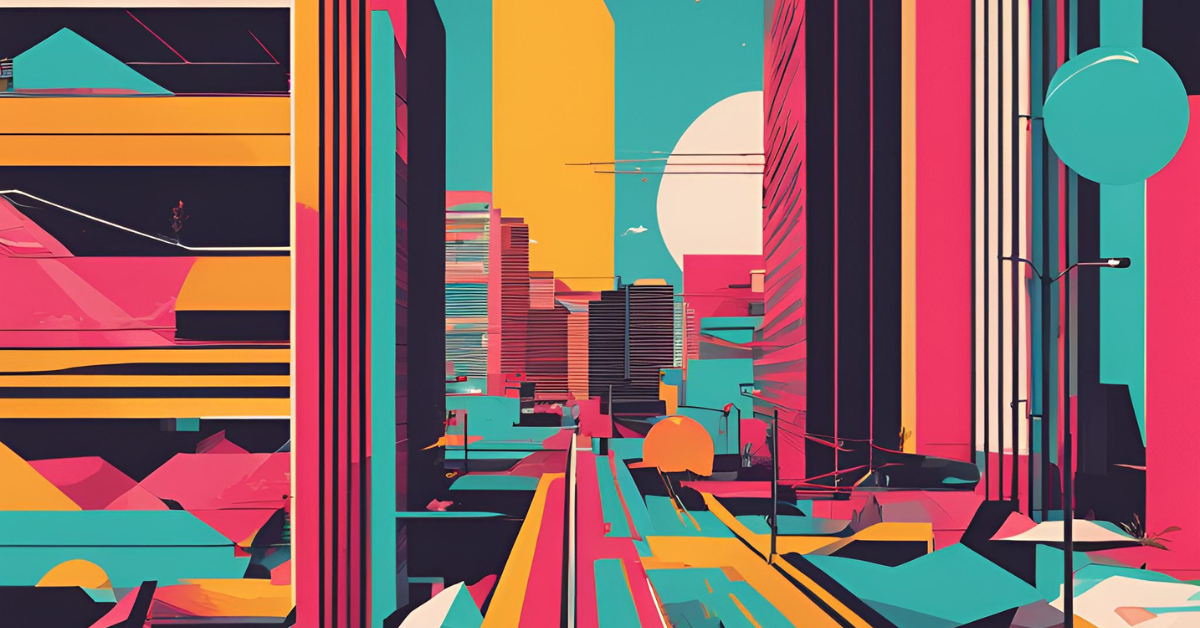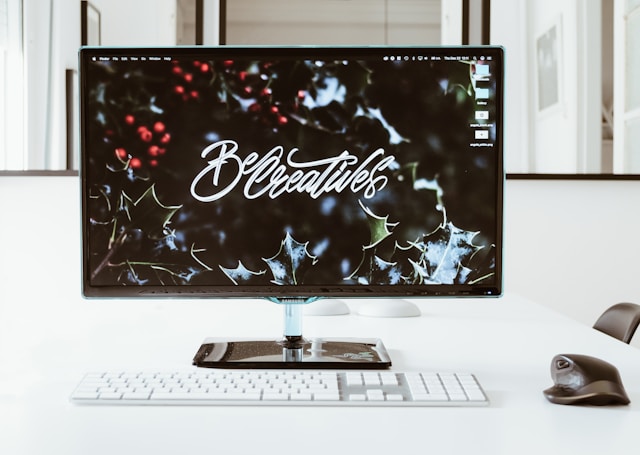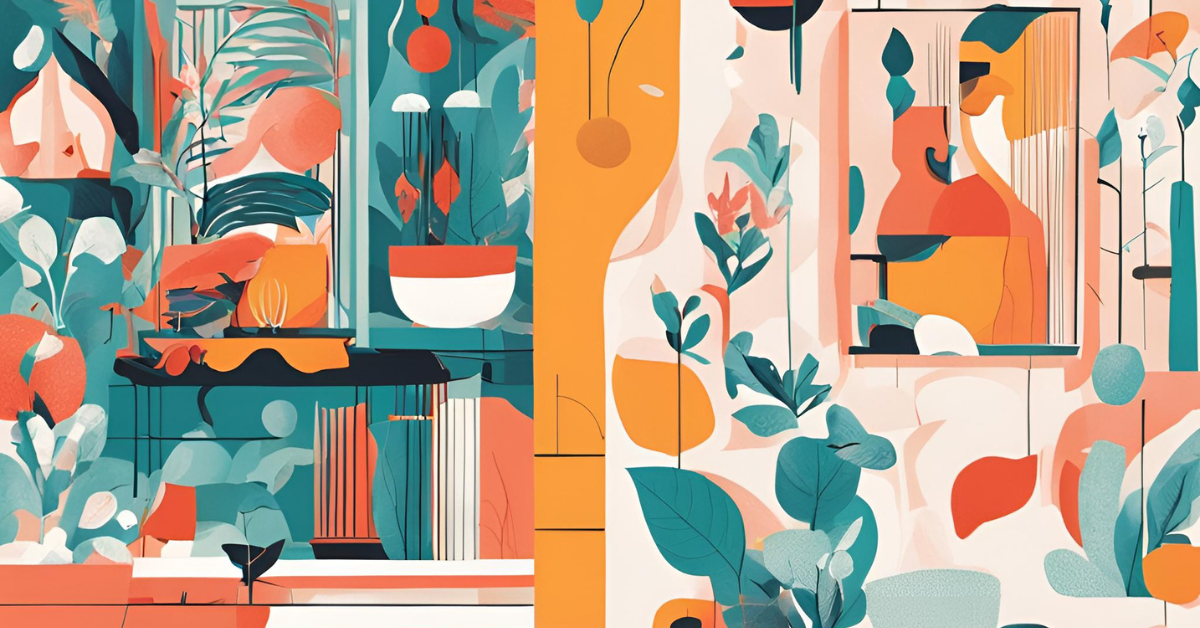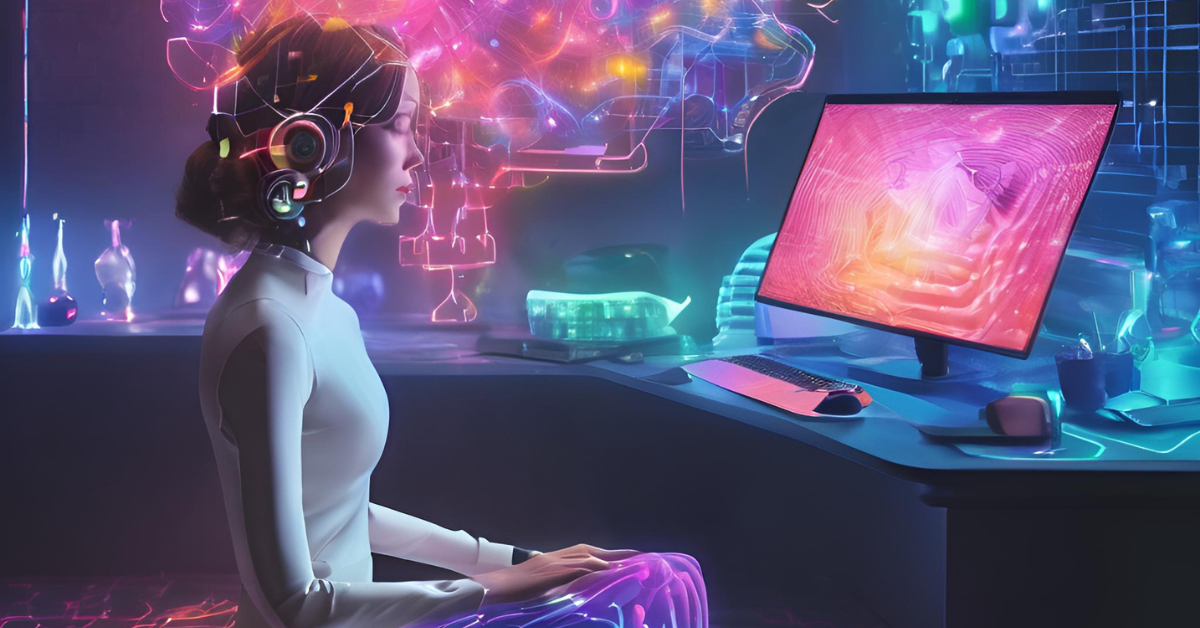As we look ahead to 2025, it’s clear that nostalgia is no longer just a fond look back; it’s a full-blown creative movement shaping the future of design. Retro styles are being reborn with modern twists, thanks to the integration of AI, maximalism, and emerging technologies, propelling this nostalgic aesthetic forward in ways never seen before.
For creative professionals in advertising, marketing and design, 2025 represents a playground of possibilities where the past meets the future. In this article, we’ll delve into the trends, tools, and case studies that are bringing retro back into the limelight. We’ll also explore practical tips on how to stay ahead of the curve and forecast what’s coming next.

The Rise of Retro: Why Nostalgic Design is Relevant in 2025
Retro design has been steadily growing in popularity, fueled by an emotional need to reconnect with simpler times. In an era where technology has rapidly transformed how we interact with the world, Gen Z and Millennials are craving vintage aesthetics that provide comfort and familiarity. This shift in consumer behavior is driving brands to lean heavily on retro styles to evoke a sense of trust, heritage, and authenticity.
A study by Adobe reveals that 50% of Gen Z consumers favor brands that embrace vintage aesthetics. Additionally, Pinterest’s 2024 trend forecast shows a 45% increase in searches for “retro design inspiration,” signaling a growing appetite for nostalgia.
The Key Retro Design Eras Dominating in 2025
- Mid-century Modern: Characterized by clean lines, organic shapes, and functional minimalism, this era’s influence is resurfacing in everything from packaging to logo design.
- 70s Psychedelia: Think bold colors, swirling patterns, and funky typography. This decade’s vibrant energy is finding its way into web design and experiential marketing campaigns.
- Y2K Revival: The techy, chrome-heavy Y2K aesthetic has been reimagined, blending retro-futuristic elements with modern tech innovations like augmented reality (AR) and interactive web design.
Maximalism Meets Retro: Bold Design for a Brave New World
While retro design is often associated with subtlety, maximalism—with its vibrant colors, chaotic compositions, and “more-is-more” philosophy—is breathing new life into vintage styles. As minimalism fades, maximalist retro designs are emerging as a key trend for 2025, offering a break from the sterile, minimalist layouts that have dominated design in recent years.

What is Maximalist Retro?
Maximalist retro combines the best of bold color palettes, eclectic typography, and a mix of patterns to create designs that scream personality. For creative professionals, this style opens up new avenues for experimentation, allowing them to push boundaries and stand out in a crowded digital landscape.
Case Study: Nike x Travis Scott Collaboration
Nike’s collaboration with rapper Travis Scott showcases the merging of retro elements with bold, maximalist design. From the Air Jordan 1 to the Air Max “Cactus Jack,” the collection revived retro sneaker silhouettes using modern textures like distressed leather, exaggerated logos, and earthy tones that evoke the aesthetic of the 1980s and 1990s.
Each drop was a cultural phenomenon, instantly selling out and commanding high resale values, making it clear that this mix of retro and maximalism is resonating deeply with consumers.
Key takeaway: Nike’s use of maximalist retro design in streetwear collaborations indicates a trend that will only grow. We can expect more maximalist influences in fashion and sneaker culture in 2024 and 2025, with larger, bolder designs that pull from vintage inspiration.

Practical Tips for Embracing Maximalist Retro
- Contrast is King: Use bright, clashing colors to make retro-inspired typography pop.
- Layer Patterns: Combine bold geometric shapes with vintage textures (e.g., aged paper, halftone patterns) for a richer design.
- Embrace Imperfection: Retro maximalism thrives on a sense of playfulness. Don’t shy away from designs that break the rules.
AI and Retro Design: Reimagining the Past with Modern Tools
Artificial intelligence (AI) is revolutionizing the way designers approach retro design. With AI-driven design tools like Adobe Firefly and DALL-E 3, professionals can easily generate vintage-inspired visuals that blend old-school charm with modern precision.
AI Tools Powering Retro Design in 2025
- Adobe Firefly: This AI tool allows users to create generative art using text prompts. Designers can bring retro elements—such as 60s-inspired color palettes or 80s neon aesthetics—into their work instantly, allowing for faster prototyping.
- Runway: Known for its powerful video editing capabilities, Runway’s AI tools can be used to apply retro video filters, adding grainy textures, VHS effects, and more to video content.
- Midjourney: An AI art generator that allows for precise control over stylistic elements, making it easy to replicate the organic textures and color schemes of retro designs.
Case Study: Coca-Cola: “Create Real Magic” Campaign
In 2023, Coca-Cola pushed the boundaries of retro branding by blending classic elements with generative AI. Their “Create Real Magic” campaign allowed users to create personalized, Coca-Cola-inspired artwork using AI tools, tapping into nostalgic elements like the iconic Coca-Cola logo, the signature red hue, and vintage imagery while embracing modern technology.
Key takeaway: The success of this campaign signals a growing fusion between retro design and advanced technologies like AI. The seamless integration of nostalgic branding with user-generated content suggests this trend will become a common feature in marketing strategies through 2024 and beyond.

Practical Forecast for 2025: What to Expect
Based on current trends, here’s what you can expect to see from retro design moving forward:
- Interactive Retro Experiences: Expect to see augmented reality (AR) and virtual reality (VR) play a major role in bringing retro aesthetics to life. Brands will use immersive experiences to create nostalgia-driven brand activations, with digital environments mimicking 80s arcades or 70s living rooms.
- Sustainability Meets Nostalgia: As sustainability becomes more of a priority for brands and consumers, retro design will be used to evoke eco-friendly values. Vintage packaging styles, reusable containers, and earth-toned color palettes will make sustainability feel familiar and trustworthy.
- Collaborative Platforms for Designers: Tools like Figma and Canva will continue to integrate AI-powered retro design features, allowing collaborative design teams to work more efficiently on nostalgia-inspired projects. Expect plug-ins that automatically generate vintage typography, color schemes, and layouts based on historical references.

Maximizing Engagement: Retro in Digital Spaces
While retro design is traditionally rooted in print, it’s finding new life on digital platforms. In 2025, web designers will adopt retro aesthetics in bold ways, using interactive elements, micro-animations, and vibrant visuals to create memorable user experiences.
Trend Alert: Visible Grids and Retro Web Layouts
The trend of visible grids—a throwback to early web design—is making a comeback. Designers are using these grid systems to create structured yet playful designs that offer a sense of order and nostalgia, evoking the early days of the internet.
Example: Gumroad’s Visible Grid Web Redesign
Gumroad is known for its straightforward, creator-focused platform design. Trends in retro web design have influenced many digital marketplaces, and a transition to visible grid systems and nostalgic aesthetics can be expected.
Gumroad has also been involved in trends that make web interfaces accessible and nostalgic for indie creators, aligning with visible grid trends.
Practical Tips for Retro-Inspired Web Design
- Use Vintage Fonts: Consider fonts that evoke a specific era, such as 70s disco-style typography or 90s digital fonts.
- Incorporate Retro Micro-Animations: Small, quirky animations—such as neon sign effects or VHS rewind features—can add a fun, interactive layer to your web design.
- Experiment with Texture: Retro design loves texture. Add grainy backgrounds, torn edges, or halftone effects to give your digital design that authentic, analog feel.

How to Stay Ahead in 2025
Retro design isn’t just a fleeting trend; it’s evolving into a permanent fixture in the creative landscape. By combining nostalgic aesthetics with modern tools like AI, maximalist design principles, and immersive technologies, creative professionals can offer fresh, engaging content that resonates across generations.
Key Takeaways:
- Blend Old and New: Use AI to enhance retro styles while maintaining the authenticity of the past.
- Embrace Boldness: Maximalism is here to stay—don’t be afraid to go big with colors, patterns, and typography.
- Stay Versatile: Retro design is flexible. Apply it across digital and print, and keep experimenting with interactive experiences and sustainable design elements.
By embracing these trends, you’ll not only capture the essence of retro design but also position yourself as a forward-thinking creative professional in 2025. Stay ahead of the curve, and let the past guide your future!
